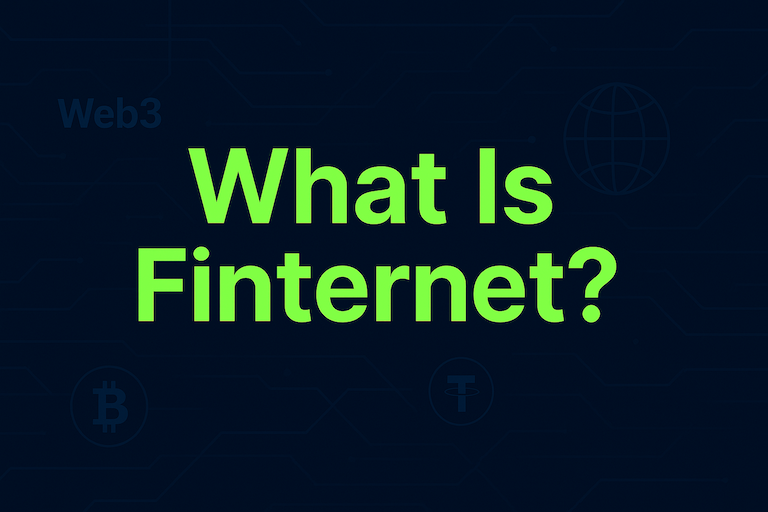Pi Network Cryptocurrency: Key Facts You Should Know
Jun 12, 2025
Pi Network has gained widespread attention for its mobile mining model, allowing users to earn cryptocurrency through a smartphone app. While the token isn’t yet tradable on major exchanges, its growing community and unique approach make it one of the most discussed projects in the crypto space. This article explores key facts you should know about the Pi Network cryptocurrency.
What Is Pi Network?
Pi Network is a blockchain project that enables users to mine cryptocurrency using their mobile phones without draining battery or requiring advanced hardware. Developed by a team of Stanford graduates, Pi aims to make digital assets accessible to the masses by lowering technical barriers.
Unlike Bitcoin, Pi uses a consensus algorithm called Stellar Consensus Protocol (SCP), which is more energy-efficient and relies on trust circles built by the users themselves.
Mobile-first cryptocurrency project
Developed by a team with academic background
Uses energy-efficient consensus mechanism
Users “mine” by checking in daily via app
Focuses on user accessibility and community trust
How Does Pi Mining Work?
Mining Pi doesn’t involve solving complex mathematical problems like traditional crypto mining. Instead, users open the app once every 24 hours and press a button to confirm their activity, which contributes to the network's security and growth.
The more active users you invite and trust circles you build, the higher your mining rate becomes, making it a gamified and social mining experience.
No mining rigs or GPUs needed
Daily activity check-in required
Social-based trust circle boosts rewards
Energy-saving and mobile-friendly
Encourages user engagement and network effects
Is Pi Network Tradable?
As of now, Pi is not listed on any major public exchanges, and the tokens users mine are in a testnet or enclosed mainnet phase. This means they hold no real market value yet and cannot be withdrawn or traded freely.
The team has stated plans for a full mainnet launch, but no fixed timeline has been confirmed. Users should remain cautious and avoid buying Pi through unofficial channels.
Currently not listed on public exchanges
Enclosed mainnet limits external trading
No market price established yet
Potential listing subject to future roadmap
Be wary of scams or fake listings
Potential Use Cases for Pi
If successfully launched, Pi could be used in a variety of use cases such as peer-to-peer payments, in-app purchases, and decentralised applications. Its low barrier to entry makes it a strong candidate for adoption in regions with limited access to traditional banking.
However, actual use cases will depend on regulatory compliance, network adoption, and the team’s ability to deliver on its vision.
P2P microtransactions and tipping
Mobile payments and merchant acceptance
Incentives for app developers and users
Potential integration with DeFi or NFT platforms
Education and engagement in digital asset economy
Conclusion
Pi Network stands out for its unique mobile-first mining model and ambitious goal of onboarding millions into the crypto space. While the project is still in development and not yet tradable, its community-driven approach offers an interesting experiment in decentralised engagement.
Now that you know the key facts about Pi Network cryptocurrency, stay informed and cautious—especially until the token becomes publicly available and regulated.
Start your safe cryptocurrency journey now
Fast and secure deposits and withdrawals, OSL safeguards every transaction !


